Home>Garden Essentials>What Is The Best Flowering Ground Cover
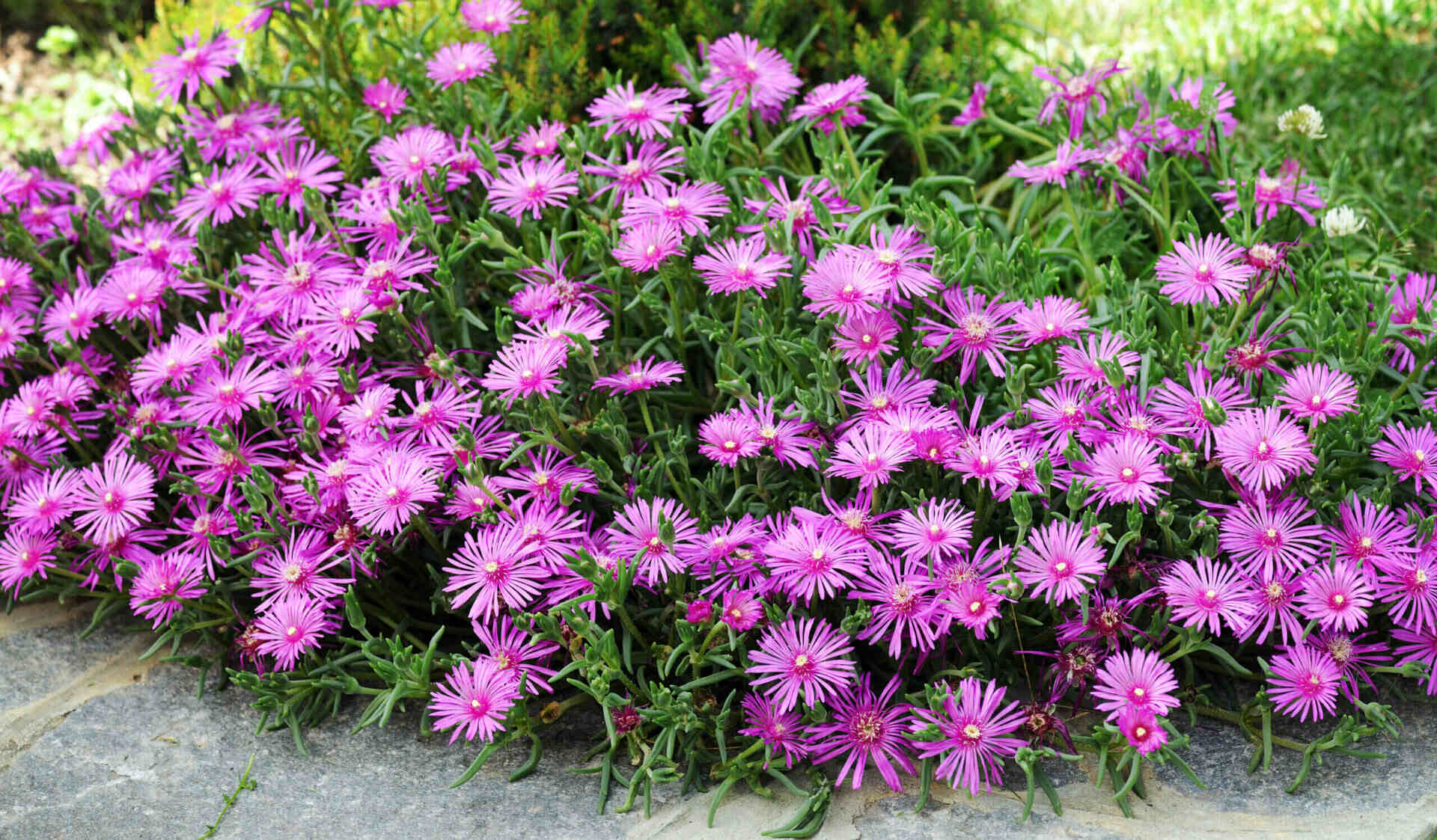

Garden Essentials
What Is The Best Flowering Ground Cover
Modified: October 21, 2024
Discover the best flowering ground cover for your garden. Enhance the beauty of your outdoor space with these stunning and low-maintenance options.
(Many of the links in this article redirect to a specific reviewed product. Your purchase of these products through affiliate links helps to generate commission for Storables.com, at no extra cost. Learn more)
Introduction
Gardens are not just about beautiful flowers and towering trees; they are also about creating a dynamic and inviting space. One way to achieve a lush and vibrant garden is by incorporating flowering ground cover. Flowering ground cover not only adds a splash of color and texture to your garden, but it also serves several practical purposes. In this article, we will explore the benefits of flowering ground cover and highlight some of the best options available.
Flowering ground cover plants are low-growing, spreading plants that provide a carpet of blooms and foliage to cover large areas of bare soil. They offer numerous benefits for your garden, including:
- Preventing soil erosion: The dense growth of ground cover plants helps hold the soil in place, preventing erosion caused by wind and water.
- Suppressing weeds: One of the main advantages of flowering ground cover is its ability to crowd out weeds, reducing the need for herbicides and manual weed removal.
- Conserving moisture: The dense foliage of ground cover plants helps retain soil moisture by reducing evaporation, which is especially beneficial in dry or arid climates.
- Enhancing soil health: Some ground cover plants have deep root systems that can help improve soil structure, increase organic matter, and provide nutrients to the soil through natural processes.
- Providing habitat for beneficial insects: Many flowering ground cover plants attract pollinators like bees and butterflies, helping to support a healthy ecosystem in your garden.
When choosing flowering ground cover for your garden, there are several factors to consider. It’s important to assess the specific conditions of your garden, such as sunlight exposure, soil type, and moisture levels, as different ground cover plants have different requirements. Additionally, consider the desired height, spread, and maintenance level of the ground cover plants to ensure they align with your gardening goals and preferences.
To help you make an informed decision, we have curated a list of the top flowering ground cover options:
Key Takeaways:
- Flowering ground cover plants offer both visual beauty and practical benefits for gardens, including erosion control, weed suppression, and attracting beneficial insects. They provide a vibrant and low-maintenance landscape option.
- When choosing flowering ground cover, consider factors such as sunlight exposure, soil type, and maintenance level to ensure the plants thrive in your specific garden conditions. Selecting the right plants can create a beautiful and sustainable landscape.
Benefits of Flowering Ground Cover
Flowering ground cover is not only a visually appealing addition to your garden but also brings a host of benefits. Let’s explore some of the advantages of incorporating flowering ground cover plants into your landscape.
1. Erosion Control: One of the primary benefits of flowering ground cover is its ability to prevent soil erosion. The spreading nature of these plants creates a dense and protective layer that holds the soil in place, reducing the risk of erosion caused by heavy rainfall or wind.
2. Weed Suppression: Maintaining a weed-free garden can be a continuous battle. Flowering ground cover plants help suppress weed growth by minimizing the amount of bare soil available for weed seeds to germinate. The thick foliage of ground cover provides shade, preventing weed seedlings from receiving the sunlight they need to grow.
3. Moisture Conservation: In hot and dry climates, moisture conservation is crucial. Flowering ground cover plants create a natural mulch, reducing evaporation and helping to retain soil moisture. This not only saves water but also minimizes the need for frequent irrigation.
4. Soil Improvement: Many flowering ground cover plants have extensive root systems that help improve soil structure. These roots penetrate the soil, loosening compacted areas and increasing aeration and drainage. Additionally, as ground cover plants naturally shed leaves and organic matter, they contribute to soil fertility and promote a healthy soil ecosystem.
5. Pollinator Attraction: Flowering ground cover plants are often rich in nectar and attract pollinators such as bees, butterflies, and hummingbirds. By incorporating these plants into your garden, you provide a vital food source for these beneficial insects, contributing to the overall health and biodiversity of your garden ecosystem.
6. Low Maintenance: Many ground cover plants require minimal upkeep once established. These plants typically have a spreading and mat-like growth habit, which helps reduce the need for mowing, weeding, and other time-consuming maintenance tasks. This makes flowering ground cover an excellent choice for busy gardeners or those looking to create a low-maintenance landscape.
7. Aesthetically Pleasing: Lastly, one cannot overlook the aesthetic value of flowering ground cover. With their colorful blooms and lush foliage, these plants add visual interest and create a carpet-like effect that enhances the overall beauty of your garden. They can be used to fill in gaps, define borders, and create stunning garden features.
By incorporating flowering ground cover plants in your garden, you can enjoy these benefits while creating a beautiful and sustainable landscape. Whether you have a large garden or a small patch of land, there is a wide range of flowering ground cover options to suit your preferences and specific garden conditions.
Factors to Consider when Choosing Flowering Ground Cover
When selecting flowering ground cover for your garden or landscape, it’s essential to consider several factors to ensure the plants thrive and meet your specific needs. Here are some key factors to keep in mind:
Sunlight Exposure: Different ground cover species have varying sunlight requirements. Some thrive in full sun, while others prefer partial shade. Assess the sunlight conditions in your garden area and choose a ground cover plant that matches those requirements. This will help ensure optimal growth and blooming.
Soil Type: Ground cover plants have different soil preferences, ranging from well-drained sandy soil to moist and rich loam. Analyze the soil composition in your garden area and select a ground cover species that will thrive in those conditions. It’s also worth considering any soil amendments you may need to make to improve the soil quality for your chosen ground cover plant.
Moisture Levels: Some ground cover plants are drought-tolerant and can withstand periods of limited water, while others require consistently moist soil. Consider the average rainfall and water availability in your region, and choose a ground cover species that aligns with those moisture levels. This will help reduce the need for excessive watering or prevent issues like root rot due to overly saturated soil.
Slope and Drainage: If you have a sloping garden or an area prone to waterlogging, it’s crucial to consider the drainage capabilities of your chosen ground cover. Opt for plants with deep root systems that can help stabilize slopes and prevent soil erosion. Additionally, select ground cover species that can tolerate occasional water pooling or excessive moisture in poorly drained areas.
Height and Spread: Take into account the space available for the ground cover to spread and fill in your garden. Some species have a more restrained growth habit, while others can be vigorous and may require regular pruning or containment. Plan accordingly based on the available space and your desired level of maintenance.
Climate Adaptability: Different ground cover plants thrive in specific climate zones. Consider the hardiness zone of your region and choose plants that are adapted to your climate. This will help ensure the plants can withstand the temperature extremes and weather conditions specific to your location.
Maintenance Level: Assess your willingness and ability to maintain the ground cover plants. Some species may require regular pruning, deadheading, or division to keep them healthy and in check. If time or effort is limited, select low-maintenance ground cover options that match your desired level of involvement.
Overall Design and Functionality: Lastly, consider how the chosen ground cover species will fit into your overall garden design and serve its intended purpose. Determine whether you want a ground cover that spreads aggressively or one that stays contained in specific areas. Consider the color and texture of the flowers and foliage, and how they will complement the surrounding plants and landscape elements.
By considering these factors and evaluating your specific garden conditions and preferences, you can select the most suitable flowering ground cover plants for your landscape. This thoughtful selection process will ensure that your ground cover thrives and adds beauty and functionality to your garden for years to come.
Top Flowering Ground Cover Options
When it comes to selecting the perfect flowering ground cover for your garden, there are a plethora of options available. Here are some of the top choices that can bring color, texture, and beauty to your landscape:
- Creeping Phlox: Creeping Phlox (Phlox subulata) is a popular ground cover known for its profusion of vibrant, star-shaped flowers in spring. It forms a dense mat of evergreen foliage and comes in various colors, including shades of pink, purple, and white. Creeping Phlox thrives in full sun and well-drained soil.
- Aubrieta: Aubrieta (Aubrieta deltoidea) is a charming ground cover plant that creates a lavish display of purple, pink, or blue flowers in spring. It has a trailing growth habit and forms cascading mats of foliage. Aubrieta excels in full sun or partial shade and prefers well-drained soil.
- Periwinkle (Vinca minor): Periwinkle is a versatile ground cover with glossy green leaves and charming blue or white flowers. It offers excellent coverage and tolerates a wide range of growing conditions, including shade and dry soil. Periwinkle is a low-maintenance option that provides year-round interest.
- Sweet Woodruff (Galium odoratum): Sweet Woodruff is an aromatic ground cover with delicate white flowers and attractive whorled leaves. It thrives in partial shade and prefers moist, well-drained soil. Sweet Woodruff also acts as a natural mosquito repellent, making it a fantastic addition to outdoor seating areas.
- Mazus Reptans: Mazus Reptans is a versatile ground cover with small, colorful flowers in shades of blue, lavender, and white. It forms a dense carpet-like spread and can tolerate moist soil. Mazus Reptans is an excellent choice for border edges, rock gardens, or around ponds and streams.
- Candytuft (Iberis sempervirens): Candytuft is a low-growing ground cover featuring masses of showy white or pink flowers in spring. It has glossy evergreen leaves and thrives in full sun and well-drained soil. Candytuft is a popular choice for rock gardens, slopes, and cascading over walls.
- Bugleweed (Ajuga reptans): Bugleweed is a fast-spreading ground cover with colorful foliage in shades of green, bronze, purple, or variegated. It produces spikes of blue, pink, or white flowers in spring. Bugleweed can tolerate both sun and shade and adapts well to various soil types.
- Deadnettle (Lamium maculatum): Deadnettle is a low-growing perennial ground cover with attractive foliage and showy flowers in shades of pink, purple, or white. It thrives in partial shade and moist soil. Deadnettle is loved for its ability to quickly fill in bare areas and provide year-round interest in the garden.
- Corsican Mint (Mentha requienii): Corsican Mint is a delightful mat-forming ground cover that releases a refreshing minty fragrance when walked upon. It has small, button-like flowers and thrives in moist, well-drained soil with partial shade. Corsican Mint is an excellent choice for rock gardens or between stepping stones.
- Snow-in-Summer (Cerastium tomentosum): Snow-in-Summer is a vigorous ground cover with silvery-gray foliage and masses of white flowers in late spring to early summer. It prefers full sun and well-drained soil. Snow-in-Summer creates a stunning carpet-like effect and adds beauty to rock gardens, borders, or slopes.
These are just a few of the many flowering ground cover options available. Consider the specific growing conditions in your garden and select the plants that best suit your preferences and design aesthetic. With the right choice of flowering ground cover, you can transform your garden into a vibrant and enchanting landscape.
Creeping Phlox
Creeping Phlox (Phlox subulata) is a stunning flowering ground cover that adds a vibrant touch to any garden. It is known for its profusion of small, star-shaped flowers that blanket the ground with rich colors during the spring. Creeping Phlox forms a dense mat of evergreen foliage that stays attractive year-round, even when not in bloom.
This low-growing perennial is particularly popular for its ability to create a carpet-like effect, covering slopes, rock gardens, and border edges with a burst of color. Creeping Phlox is available in a range of vibrant shades, including pink, purple, blue, and white, allowing you to choose the color that best complements your garden design.
One of the significant advantages of Creeping Phlox is its adaptability to various growing conditions. It thrives in full sun but can tolerate some light shade. It prefers well-drained soil and is relatively drought-tolerant once established, making it suitable for regions with hot summers.
When planting Creeping Phlox, ensure that the soil is loose and well-draining, as soggy soil can lead to root rot. It’s recommended to amend heavy clay soil with organic matter to improve drainage. You can also incorporate a layer of mulch around the plants to help retain moisture and suppress weed growth.
Creeping Phlox is relatively low-maintenance, requiring minimal pruning or deadheading. It is generally pest and disease resistant, but it’s still essential to monitor for any issues and treat them promptly.
To promote healthy growth and abundant blooms, provide regular watering during the establishment period, and then reduce watering to allow the roots to dry between waterings. Fertilizing once or twice a year with a balanced slow-release fertilizer can also help keep the plants healthy and vigorous.
With its stunning blooms and evergreen foliage, Creeping Phlox adds beauty and texture to various areas of the garden. It cascades over walls, fills in gaps between stepping stones, and spills over the edges of raised beds. Additionally, it attracts pollinators like bees and butterflies, contributing to a thriving garden ecosystem.
Whether you want to create a bold display of color on a slope or add a charming touch to a rock garden, Creeping Phlox is an excellent choice for flowering ground cover. Its adaptability, low-maintenance nature, and stunning blooms make it a popular favorite among gardeners.
Read more: What Is The Best Ground Cover For NC
Aubrieta
Aubrieta (Aubrieta deltoidea) is a delightful flowering ground cover plant that brings a burst of color and charm to any garden. It is known for its beautiful, cascading blooms and its ability to create a spectacular carpet-like effect.
This low-growing perennial plant features small, vibrant flowers in shades of purple, pink, and blue. The flowers form dense clusters that blanket the ground and create a stunning display in early spring. Aubrieta’s cascading growth habit and vibrant blooms make it an ideal choice for rock gardens, slopes, or as an edging plant.
Aubrieta thrives in full sun but can also tolerate partial shade. It prefers well-draining soil with moderate fertility. It’s essential to ensure that the soil does not become waterlogged, as this can lead to root rot. Adding organic matter to the soil before planting can improve drainage and create a preferred growing environment for Aubrieta.
One of the significant benefits of Aubrieta is its hardiness and adaptability to various climates and growing conditions. It is tolerant of both heat and cold, making it suitable for a wide range of regions. However, it is important to note that Aubrieta performs best in areas with cool summers and moderate winters.
Maintaining Aubrieta is relatively easy, making it a popular choice for gardeners of all levels. They require moderate watering, especially during periods of drought, to keep the soil evenly moist. However, be cautious of overwatering, as excessive moisture can lead to root rot. Applying a layer of mulch around the plants can help retain moisture and suppress weed growth.
To promote continuous blooming and prevent the plant from becoming leggy, it is recommended to trim back Aubrieta after flowering. Pruning also helps maintain a compact and tidy appearance. Additionally, fertilizing with a balanced slow-release fertilizer in early spring can provide the necessary nutrients for healthy growth.
Aubrieta attracts pollinators like butterflies and bees, making it a valuable addition to any garden aiming to support a thriving ecosystem. Its bright, colorful flowers not only add visual interest but also provide a food source for beneficial insects.
With its vibrant blooms, cascading growth habit, and ability to thrive in various conditions, Aubrieta is an excellent choice for adding beauty and charm to your garden. Whether you want to create a colorful ground cover in a rock garden or add a touch of elegance to a sloping landscape, Aubrieta will not disappoint.
Periwinkle (Vinca minor)
Periwinkle (Vinca minor) is a versatile and hardy flowering ground cover plant that adds charm and beauty to any garden. Also known as creeping myrtle or dwarf periwinkle, this evergreen perennial is beloved for its glossy green leaves and delicate flowers.
Periwinkle creates a dense carpet of foliage that stays attractive year-round and forms a lovely backdrop for the delicate blooms that appear in spring. The flowers of Periwinkle are typically shades of blue or purple, but there are also white-flowering varieties available, offering flexibility in color choice for your garden design.
One of the notable advantages of Periwinkle is its adaptability to a wide range of growing conditions. It thrives in both full sun and shade, making it a versatile option for different areas of the garden. However, it tends to produce more flowers when grown in partial shade. Periwinkle also tolerates a variety of soil types, from sandy to clay, as long as it is well-drained.
What makes Periwinkle such a popular choice for gardeners is its ability to provide excellent ground coverage. It quickly spreads and forms a thick mat, effectively suppressing weed growth and reducing the need for constant maintenance. This makes it an excellent option for areas where you want to minimize the labor-intensive task of weed control.
Another advantage of Periwinkle is its ability to withstand dry conditions. Once established, it is relatively drought-tolerant and requires less watering compared to other ground cover plants. This makes it a great option for regions with hot summers or areas in your garden that receive less water. However, it is important to note that regular watering is still necessary during the initial stages of establishment.
Maintaining Periwinkle is generally low-maintenance, although light pruning or trimming may be required to keep it within bounds or to rejuvenate the plant. It is also advisable to remove any dead or yellowing leaves to maintain the plant’s overall health and appearance. Fertilization is not typically necessary, but incorporating organic matter into the soil during planting can provide additional nutrients.
In addition to its attractive foliage and flowers, Periwinkle also acts as a natural ground cover, helping to prevent soil erosion on slopes or areas with loose soil. It can stabilize the soil and protect it from the elements, making it a practical choice for both aesthetic and functional purposes.
Overall, Periwinkle is a reliable and versatile flowering ground cover option that offers year-round beauty and easy maintenance. Whether you want to add color to the shaded areas of your garden or create a lush carpet-like effect in full sun, Periwinkle is sure to be a delightful addition to your landscape.
Sweet Woodruff (Galium odoratum)
Sweet Woodruff (Galium odoratum) is a delightful and aromatic flowering ground cover that brings both beauty and fragrance to any garden. This low-growing perennial is loved for its delicate white flowers and its ability to create a lush carpet of foliage.
Sweet Woodruff features whorled bright green leaves arranged in a star-like pattern. In the spring, it produces clusters of small, fragrant white flowers that add an enchanting touch to the garden. Not only does it look beautiful, but Sweet Woodruff also releases a sweet, fresh scent when its leaves are crushed, providing an additional sensory experience in your outdoor space.
This ground cover plant thrives in partial shade and prefers moist, well-drained soil. It is an excellent choice for shaded areas under trees or along shady borders where other plants may struggle. Sweet Woodruff acts as an effective ground cover, filling in empty spaces and creating a dense mat of foliage that suppresses weed growth.
One of the notable qualities of Sweet Woodruff is its ability to tolerate moisture. It can withstand both moist soil conditions and periods of dryness, making it suitable for a variety of climates and soil types. Interestingly, Sweet Woodruff is often used as a natural mosquito repellent due to its scent, making it a useful addition to outdoor seating areas or near patios and decks.
Maintaining Sweet Woodruff is relatively easy, as it requires minimal care once established. Watering during dry periods is important to keep the soil consistently moist. Applying a layer of mulch around the plants helps conserve moisture and control weed growth. Sweet Woodruff rarely requires pruning, but if necessary, you can trim it back after flowering to maintain a neat appearance.
Aside from its aesthetic appeal, Sweet Woodruff has a rich history of herbal uses. It has been traditionally used in herbal medicine for its mild sedative and anti-inflammatory properties. The leaves and stems of Sweet Woodruff can also be used to flavor beverages like tea or to enhance the aroma of potpourri.
With its charming flowers, aromatic leaves, and adaptability to shade and moisture, Sweet Woodruff is a fantastic choice for adding beauty and fragrance to your garden. It brings a touch of elegance to shady areas and creates a soothing atmosphere that can be enjoyed by both humans and beneficial insects.
Consider using creeping phlox as a flowering ground cover. It’s low-maintenance, spreads easily, and produces beautiful blooms in the spring. It also provides good ground coverage and is relatively drought tolerant.
Mazus Reptans
Mazus Reptans is a versatile and low-growing flowering ground cover plant that adds a splash of color and charm to any garden. With its dainty blooms and spreading habit, it creates a beautiful carpet-like effect, making it a wonderful choice for borders, rock gardens, or as an edging plant.
This perennial ground cover features small, trumpet-shaped flowers in shades of blue, lavender, and white. The flowers form dense clusters above the creeping foliage, creating a stunning display in spring. In addition to its vibrant blooms, Mazus Reptans produces dense mats of bright green leaves, adding visual interest even when the flowers are not in bloom.
Mazus Reptans thrives in full sun to partial shade, making it adaptable to different lighting conditions. It prefers moist, well-drained soil and is relatively tolerant of both wet and dry conditions. This makes it a valuable option for areas with varying moisture levels, such as near streams, ponds, or even in rain gardens.
One of the incredible qualities of Mazus Reptans is its ability to spread and fill in empty spaces quickly. Once established, it can create a dense ground cover, crowding out weeds and minimizing the need for frequent maintenance. Its spreading growth habit, combined with its ability to tolerate foot traffic, also makes it an excellent choice for paths and walkways.
Maintaining Mazus Reptans is relatively straightforward. It requires regular watering, especially during dry periods, to keep the soil moist. However, take care not to overwater, as excessive moisture can lead to root rot. Applying a layer of mulch around the plants can help retain moisture, regulate soil temperature, and suppress weed growth.
Pruning is usually not necessary for Mazus Reptans, but you can trim back any stray runners or trim the plants after flowering to maintain a tidy appearance. Fertilization is typically not required, as this ground cover plant is adaptable and can thrive in nutrient-poor soil. However, if growth seems sluggish, a light application of a balanced slow-release fertilizer in early spring can help promote healthy growth.
Mazus Reptans not only adds beauty to the garden but is also an attraction for various pollinators such as bees, butterflies, and other beneficial insects. Its nectar-rich flowers provide a valuable food source and contribute to the overall biodiversity and health of the garden ecosystem.
With its vibrant flowers, spreading growth habit, and adaptability to different growing conditions, Mazus Reptans is an excellent choice for adding color and interest to your garden. Whether you want to fill in gaps, create a colorful border, or enhance the beauty of your rock garden, Mazus Reptans is sure to captivate with its lovely blooms and lush foliage.
Read more: What Is The Best Ground Cover For A Hillside
Candytuft (Iberis sempervirens)
Candytuft (Iberis sempervirens) is a beautiful and versatile flowering ground cover that brings a touch of elegance to any garden. With its stunning clusters of delicate flowers and evergreen foliage, Candytuft is a popular choice for adding color and texture to borders, rock gardens, or as a cascading plant over walls.
This low-growing perennial plant features small, pure white flowers that are arranged in dense clusters atop its dark green, glossy leaves. The blooms create a striking contrast against the vibrant green foliage, creating a visually appealing display, particularly in spring. Candytuft is also loved for its mildly sweet fragrance, adding an additional sensory element to your garden.
Candytuft thrives in full sun, although it can tolerate partial shade, making it adaptable to different lighting conditions. It prefers well-drained soil and can handle drier conditions once established. This makes it an excellent choice for gardens in regions with hot summers or for areas prone to drought.
One of the standout characteristics of Candytuft is its ability to maintain its evergreen foliage throughout the year, providing year-round interest even when not in bloom. The foliage forms a low, mounding habit that remains attractive and doesn’t require frequent pruning or maintenance.
Maintaining Candytuft is relatively easy, making it suitable for gardeners of all levels of experience. It requires regular watering during dry periods, but take care not to overwater, as excessive moisture can lead to root rot. Applying a layer of mulch around the plants can help retain soil moisture and suppress weed growth.
Pruning Candytuft is generally minimal, only requiring trimming after flowering to maintain its shape and promote new growth. This is also a great opportunity to remove any damaged or dead foliage. Regular pruning helps keep the plant compact and prevents it from becoming leggy.
With its delicate beauty, Candytuft attracts beneficial pollinators like bees and butterflies to your garden. These pollinators are essential for the health and reproduction of many other plants, making Candytuft a valuable addition to any pollinator garden or eco-friendly landscape.
Whether you want to create a stunning white carpet of blooms in a rock garden, add a border of elegance to your landscape, or enjoy its fragrance on a wall, Candytuft is sure to make a captivating impression. Its enduring evergreen foliage and graceful flowers make it a remarkable selection for any garden design.
Bugleweed (Ajuga reptans)
Bugleweed (Ajuga reptans) is a versatile and low-growing flowering ground cover that offers both beauty and functionality to any garden. With its dense foliage, vibrant flowers, and adaptability to various growing conditions, Bugleweed is a popular choice for creating a lush carpet-like effect in borders, pathways, or shady areas.
This perennial plant features glossy, deep green leaves that grow in dense rosettes. In the spring, it produces spikes of striking tubular flowers in shades of blue, purple, or white. The flowers rise above the foliage, creating a beautiful contrast and adding visual interest to the garden.
Bugleweed thrives in a variety of lighting conditions, making it a versatile choice. It can tolerate full sun but also performs well in partial shade or even in areas with dappled shade. This adaptability allows you to incorporate Bugleweed into different parts of your garden, creating visual continuity and a sense of harmony.
When it comes to soil preferences, Bugleweed is not overly demanding. It can thrive in various soil types, from well-drained to slightly moist soil. However, it is important to ensure good drainage to prevent the roots from being exposed to excessive moisture, which can lead to root rot.
One of the appealing aspects of Bugleweed is its ability to spread and fill in bare areas quickly. It forms a dense mat of foliage, suppressing weed growth and reducing maintenance tasks. This makes it an excellent choice for areas where you want to minimize the need for frequent weeding or where you want to create an attractive ground cover under taller plants.
Maintaining Bugleweed is relatively easy, especially once it is fully established. It requires regular watering, especially during dry periods, to keep the soil consistently moist. Applying a layer of mulch around the plants helps retain moisture and regulate soil temperature.
Pruning Bugleweed is typically minimal, but you may choose to trim back any stray runners or spent flower spikes to keep the plant tidy and encourage new growth. Dividing clumps every few years can help maintain vigorous growth and prevent overcrowding.
Bugleweed’s beautiful flowers and dense foliage also attract pollinators like bees and butterflies, adding to the biodiversity and ecological value of your garden. By incorporating Bugleweed, you are not only creating a visually appealing landscape but also providing a habitat for beneficial insects.
With its showy flowers, dense foliage, and adaptability to various growing conditions, Bugleweed is an excellent choice for adding color and texture to your garden. Whether you want to create a ground cover under taller plants or fill in empty spaces in a border, Bugleweed is sure to make a stunning impact.
Deadnettle (Lamium maculatum)
Deadnettle (Lamium maculatum) is a versatile and attractive flowering ground cover that adds a splash of color and texture to gardens. With its vibrant blooms, unique foliage, and adaptability to different growing conditions, Deadnettle is a popular choice for borders, rock gardens, or as a filler for shaded areas.
This perennial plant features heart-shaped leaves with attractive silver or variegated patterns that provide visual interest even when the plant is not in bloom. Deadnettle produces clusters of tubular flowers in various shades, including pink, purple, or white. These flowers emerge above the foliage, creating a lovely contrast and adding a touch of elegance to the garden.
One of the notable qualities of Deadnettle is its tolerance for shade, making it a fantastic option for gardens with limited sunlight or under the canopy of trees. It can also tolerate some sun, particularly in cooler climates. This adaptability allows you to incorporate Deadnettle into a variety of garden spaces, bringing color to areas that may receive less light.
Deadnettle prefers well-drained soil and can tolerate various soil types, including moist or dry conditions. It can adapt to slightly acidic to slightly alkaline soils, making it a versatile choice for different growing environments. Ensuring good drainage will help prevent issues like root rot and promote healthy growth.
One of the advantages of Deadnettle is its relatively low maintenance requirements. It is a reliable ground cover that spreads quickly, filling in bare spaces and minimizing the need for constant weeding. Deadnettle also has a moderate growth rate and does not typically require frequent pruning, only occasional trimming to maintain its shape or remove any leggy stems.
Watering Deadnettle is important to keep the soil consistently moist, especially during dry periods. However, avoid overwatering, as excessive moisture can lead to root rot. Adding a layer of mulch around the plants can help retain moisture and regulate soil temperature.
Deadnettle’s attractive flowers are a magnet for pollinators like bees and butterflies, making it a valuable addition to any garden aiming to support a thriving ecosystem. Its nectar-rich blooms provide a food source, promoting biodiversity and helping to sustain these beneficial insects.
With its colorful flowers, eye-catching foliage, and adaptability to shade, Deadnettle is an excellent choice for adding beauty and interest to your garden. Whether you want to create a vibrant border, fill in shaded areas, or enhance a rock garden, Deadnettle is sure to impress with its unique charm and ease of cultivation.
Corsican Mint (Mentha requienii)
Corsican Mint (Mentha requienii) is a delightful and fragrant flowering ground cover that brings a unique touch to any garden. With its tiny leaves and aromatic scent, Corsican Mint forms a lush and vibrant carpet, creating a beautiful and inviting atmosphere.
This low-growing perennial plant features dense mats of small, round leaves that release a refreshing minty fragrance when touched or crushed. While its foliage is already charming, Corsican Mint also produces clusters of tiny lilac or pink flowers in summer, adding a pop of color to the lush green carpet it forms.
Corsican Mint thrives in partial shade and prefers moist, well-drained soil. It is particularly suitable for rock gardens, between stepping stones, or as a ground cover in moist areas. This plant is not tolerant of heat and prefers cooler temperatures, making it a great choice for gardens in mild or coastal regions.
One of the remarkable aspects of Corsican Mint is its low-growing and creeping nature. It spreads quickly, forming a dense and uniform carpet that inhibits weed growth. The tight growth habit also makes it an excellent option for filling in gaps or covering large areas with its striking green foliage and delightful scent.
Maintaining Corsican Mint is relatively easy, especially once it becomes established. It requires regular watering to keep the soil consistently moist, but avoid overwatering that can lead to root rot. Applying a layer of organic mulch around the plants can help retain moisture, regulate soil temperature, and suppress weed growth.
Corsican Mint is not demanding in terms of pruning or grooming. However, if it becomes too invasive or spreads beyond its designated area, it can be easily trimmed back. This can also help to encourage denser growth and maintain a compact appearance. Additionally, dividing the plants every few years can help control their spreading habit and keep them in check.
Aside from its ornamental value, Corsican Mint is also commonly used in culinary applications. Its minty flavor makes it a fantastic addition to teas, cocktails, or desserts. Harvest the leaves as needed, ensuring they are clean and free from pesticides.
With its fragrant foliage, fast spreading habit, and adaptability to various growing conditions, Corsican Mint is a standout choice for adding beauty, fragrance, and texture to your garden. Whether you want to create an enchanting ground cover, enhance your walkways, or incorporate fresh minty flavors into your recipes, Corsican Mint is truly a delightful addition to any garden.
Read more: What Is The Best Ground Cover Killer
Snow-in-Summer (Cerastium tomentosum)
Snow-in-Summer (Cerastium tomentosum) is a stunning and versatile flowering ground cover that brings a blanket of white beauty to gardens. With its silvery foliage and masses of white flowers, Snow-in-Summer adds an enchanting touch to borders, rock gardens, or cascading over walls.
This low-growing perennial plant features soft, silvery-gray leaves that create an attractive contrast against the vibrant green foliage of other plants. In the spring and early summer, it bursts into a profusion of small, star-shaped white flowers that cover the plush silver carpet, giving the impression of a fresh snowfall.
Snow-in-Summer is a sun-loving plant that thrives in full sun exposure. It is known for its ability to withstand heat and drought, making it an excellent choice for dry or arid regions. This plant also tolerates poor soil conditions and can adapt to various soil types, including sandy or rocky soils.
One of the standout features of Snow-in-Summer is its ability to form a dense mat of foliage and flowers that effectively suppresses weeds and reduces the need for constant maintenance. Its spreading and trailing nature allows it to fill in empty spaces, providing a stunning ground cover that adds structural interest and visual appeal to the garden.
Maintaining Snow-in-Summer is relatively easy, especially once it is established. It is a drought-tolerant plant and requires minimal watering once rooted. However, it is important to provide regular watering during the establishment period to ensure healthy growth. Applying a layer of organic mulch around the plants helps conserve moisture and control weed growth.
Pruning Snow-in-Summer is generally not necessary, as it maintains a neat and compact appearance on its own. However, if desired, you can prune or trim after flowering to encourage a more tidy shape or to prevent the plant from becoming leggy. Dividing clumps every few years can also help rejuvenate the plant and promote optimal growth.
Snow-in-Summer’s delicate white flowers are highly attractive to bees, butterflies, and other pollinators, making it a valuable addition to wildlife-friendly gardens. The nectar-rich blooms provide a food source for these beneficial insects, contributing to the overall health and biodiversity of the garden ecosystem.
With its gorgeous silvery foliage, abundant white flowers, and ability to thrive in sunny and dry conditions, Snow-in-Summer is a captivating choice for adding beauty and elegance to your garden. Whether you want to create a striking ground cover or highlight a specific area with its white blooms, Snow-in-Summer is sure to make a dazzling impression.
Conclusion
Flowering ground cover plants bring a multitude of benefits to your garden, from providing stunning displays of color to offering practical advantages like erosion control and weed suppression. With a diverse array of options available, you can select the perfect flowering ground cover to suit your garden’s specific conditions and your personal preferences.
Creeping Phlox, with its profusion of vibrant blooms, creates a carpet-like effect and thrives in well-drained soil and full sun. Aubrieta, with its cascading growth habit and charming flowers, adds a splash of color to rock gardens or borders. Periwinkle, known for its versatility and tolerance for various conditions, provides year-round interest with its glossy foliage and charming blue or white flowers.
Sweet Woodruff, with its aromatic leaves and delicate white flowers, thrives in partial shade and moist soil. Mazus Reptans, with its small colorful flowers and spreading growth habit, is an excellent choice for rock gardens or slopes. Candytuft, with its showy white or pink flowers, adds elegance to borders or cascades over walls.
Bugleweed, with its colorful flowers and dense foliage, thrives in various lighting conditions and adapts well to different soil types. Deadnettle, with its attractive foliage and vibrant flowers, flourishes in shade and requires minimum maintenance. Corsican Mint, with its fragrant leaves and creeping habit, creates a lush carpet and adds a minty aroma to your garden.
Snow-in-Summer, with its silver foliage and masses of white flowers, thrives in full sun and provides a breathtaking ground cover. Each of these flowering ground covers offers unique qualities and benefits, making them an excellent choice to enhance your garden’s visual appeal and functionality.
When selecting a flowering ground cover, consider factors such as sunlight exposure, soil type, moisture levels, and maintenance requirements. By carefully considering these factors, you can choose the right plants that will thrive in your specific garden conditions and provide a beautiful and resilient ground cover.
Whether you utilize them to fill in gaps, control weeds, or create a captivating carpet of blooms, flowering ground cover plants are sure to transform your garden into a vibrant and inviting space. With their array of colors, textures, and fragrances, they add depth and character to your outdoor sanctuary while providing numerous practical benefits. Explore the wide variety of options available and bring the beauty of flowering ground covers into your garden today.
Frequently Asked Questions about What Is The Best Flowering Ground Cover
Was this page helpful?
At Storables.com, we guarantee accurate and reliable information. Our content, validated by Expert Board Contributors, is crafted following stringent Editorial Policies. We're committed to providing you with well-researched, expert-backed insights for all your informational needs.
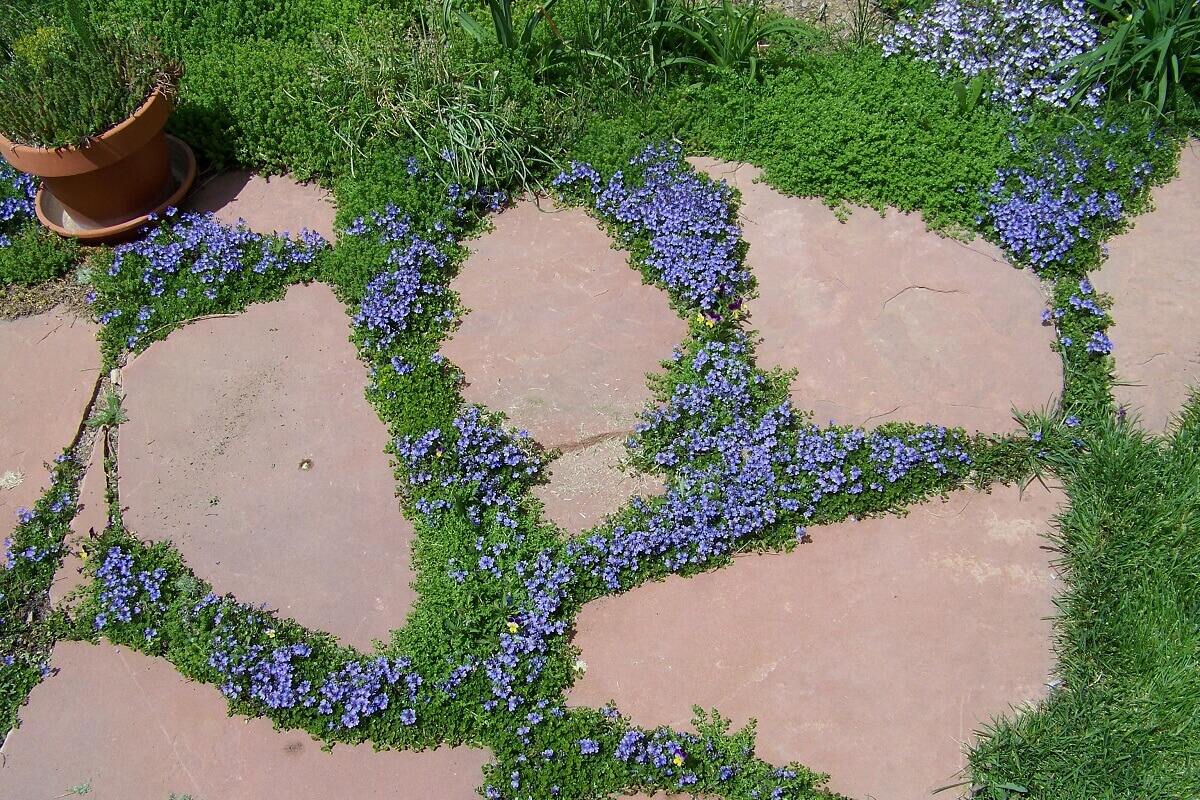
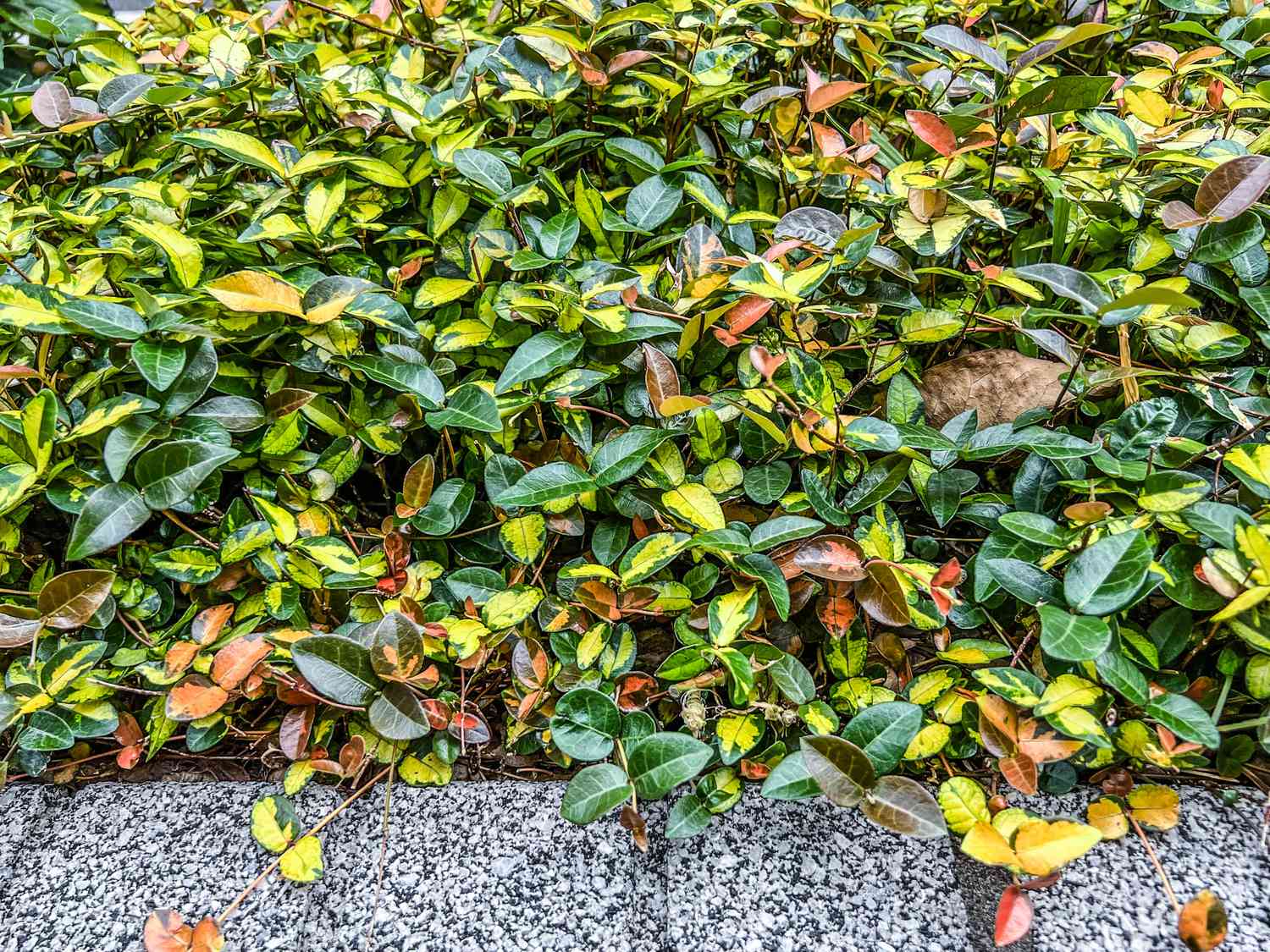
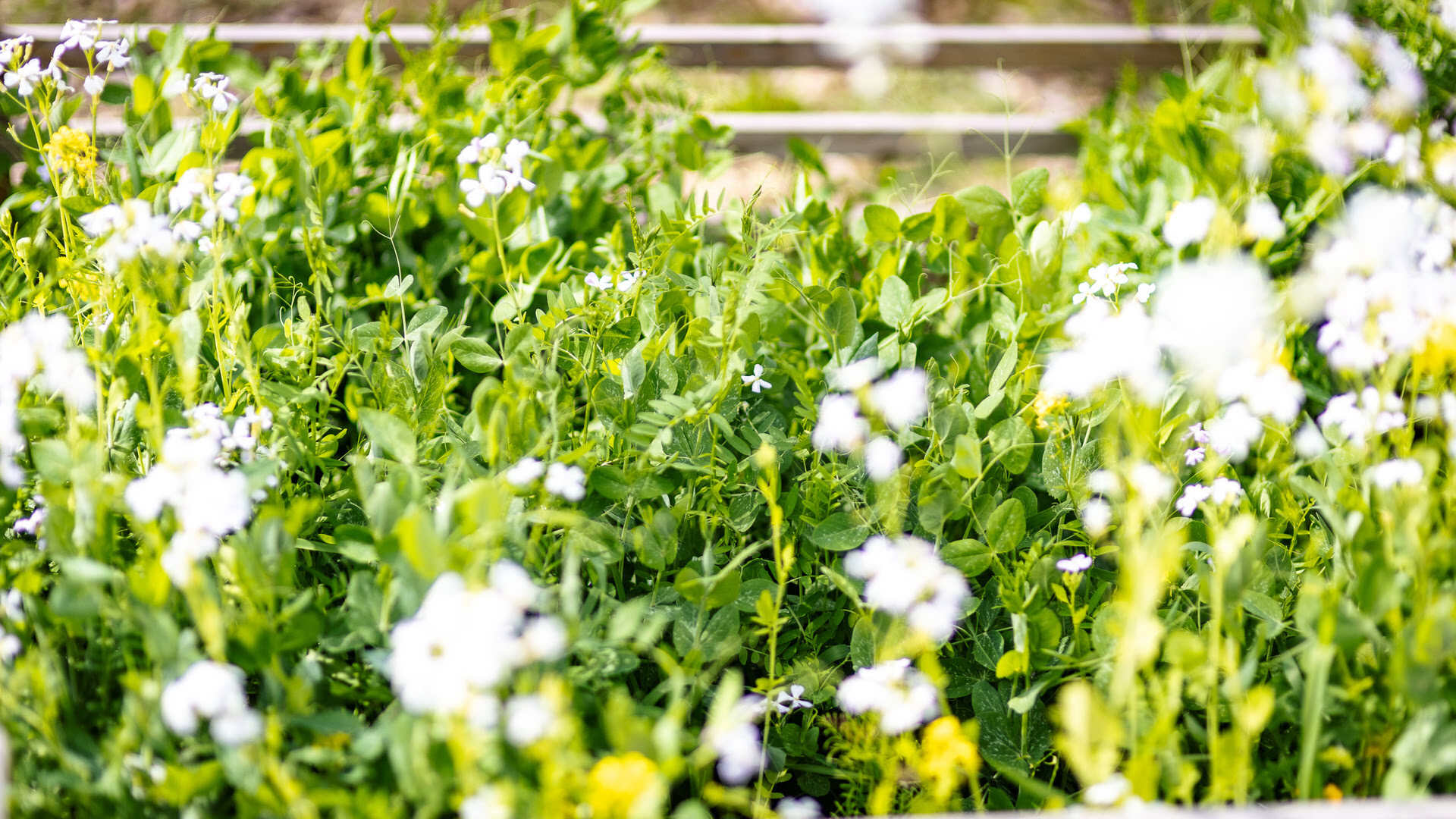
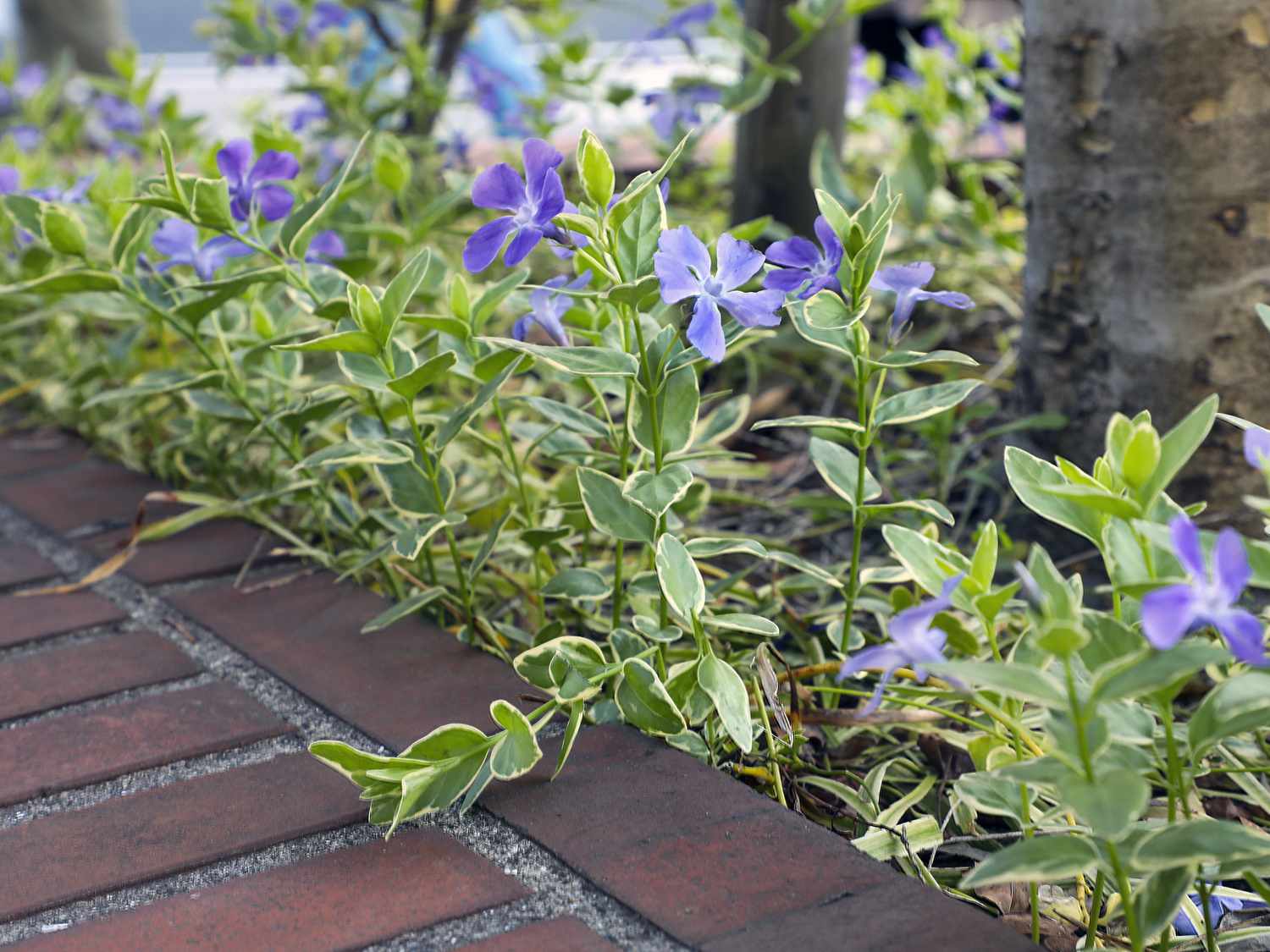

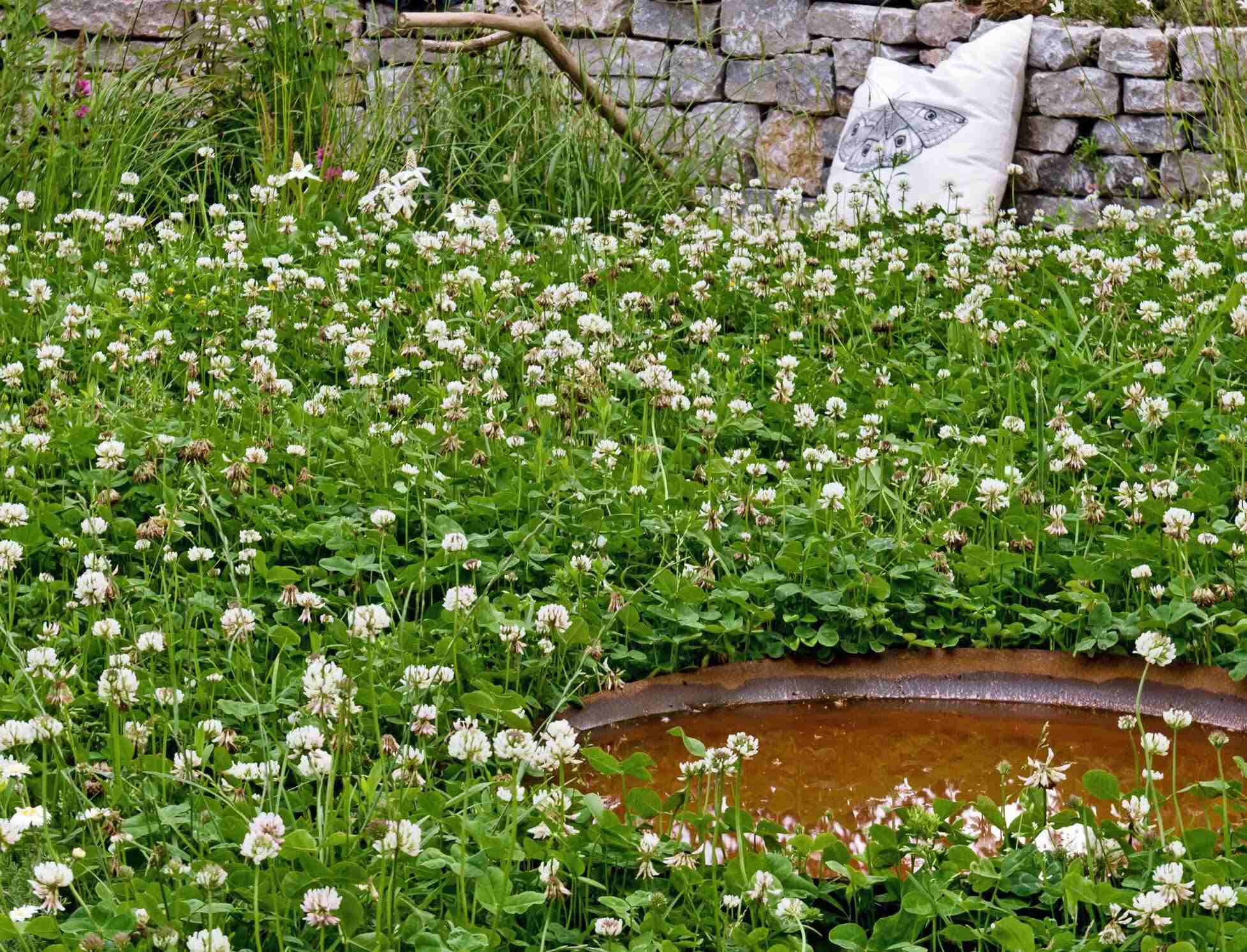



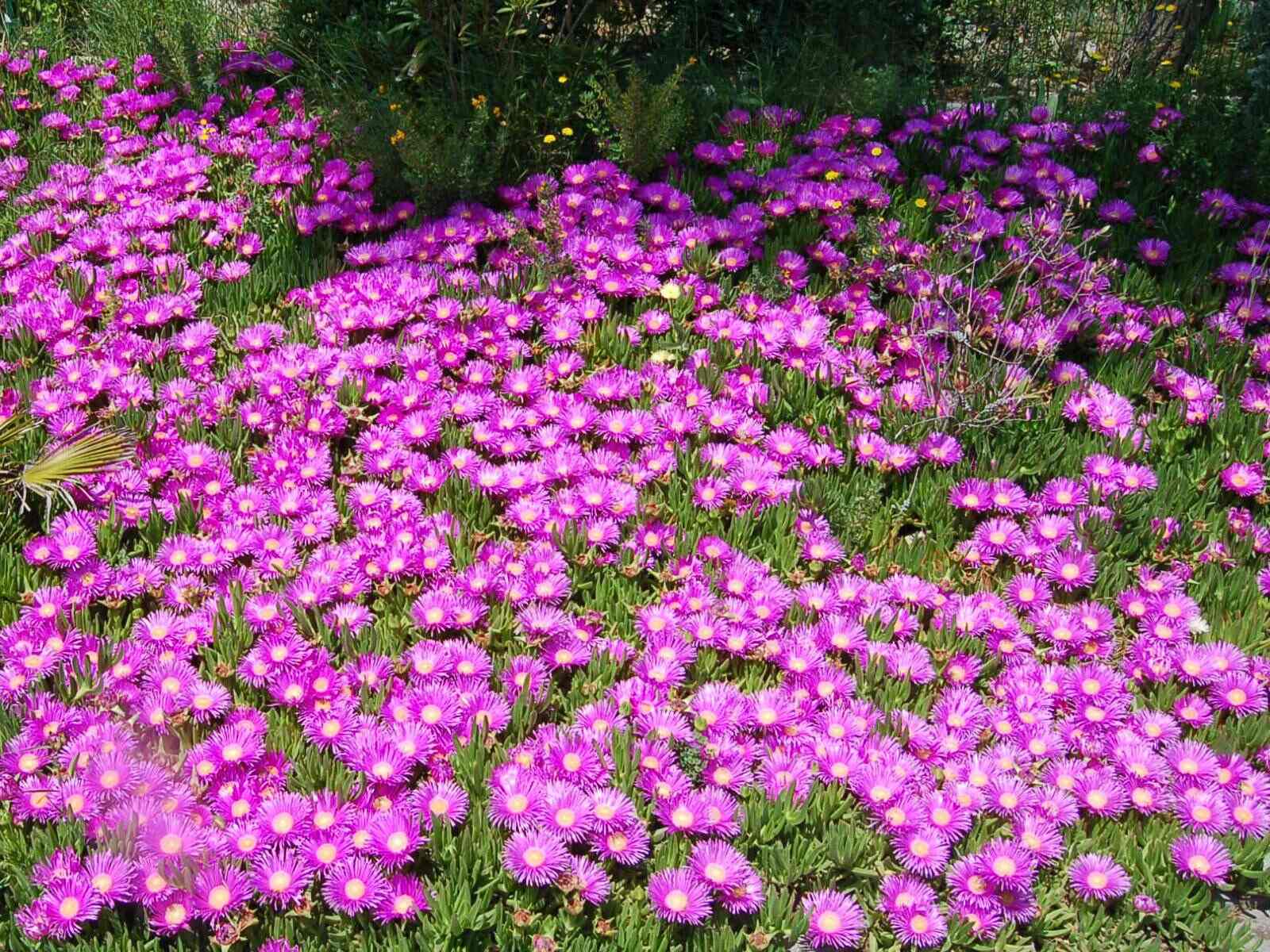
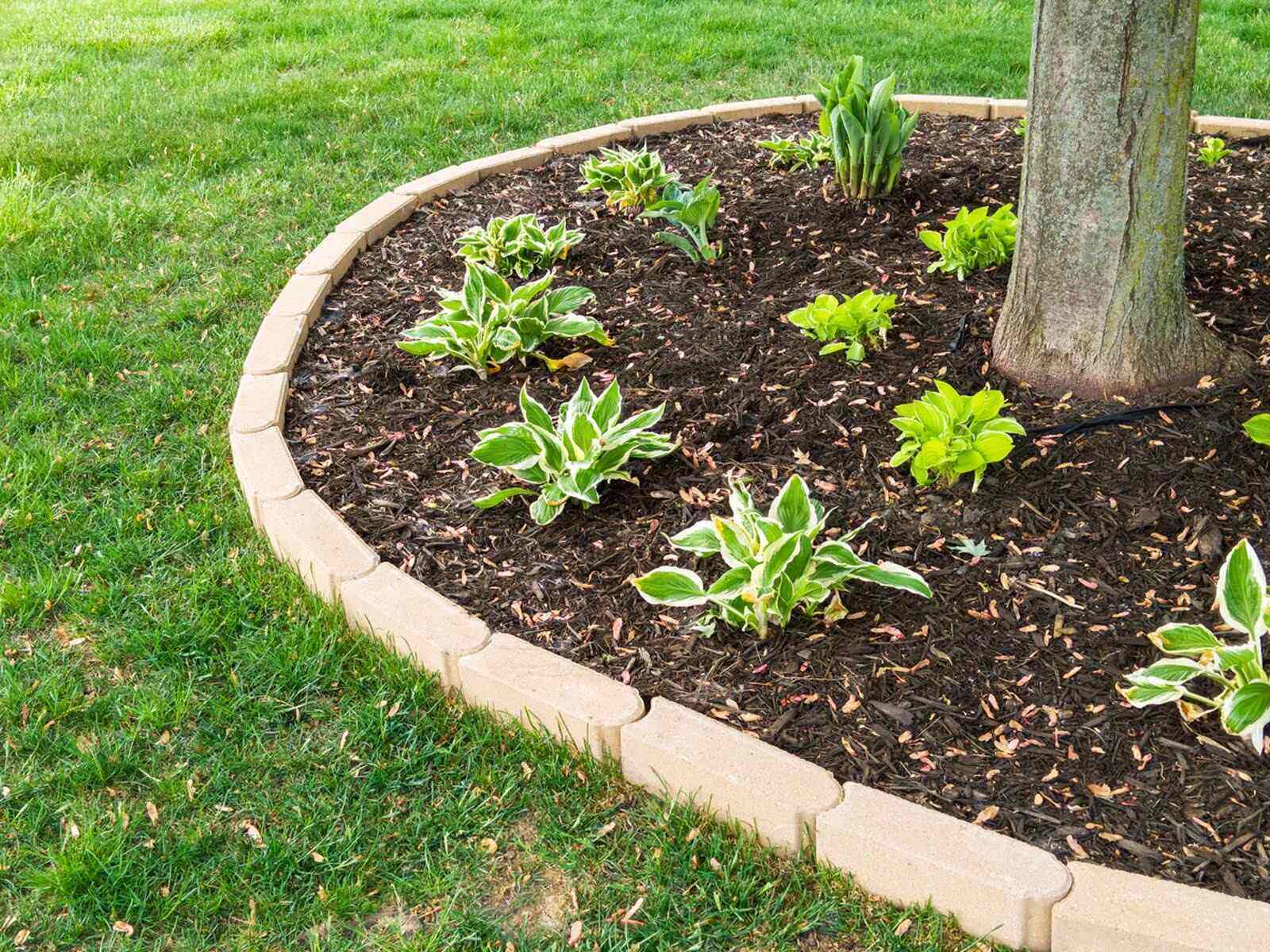
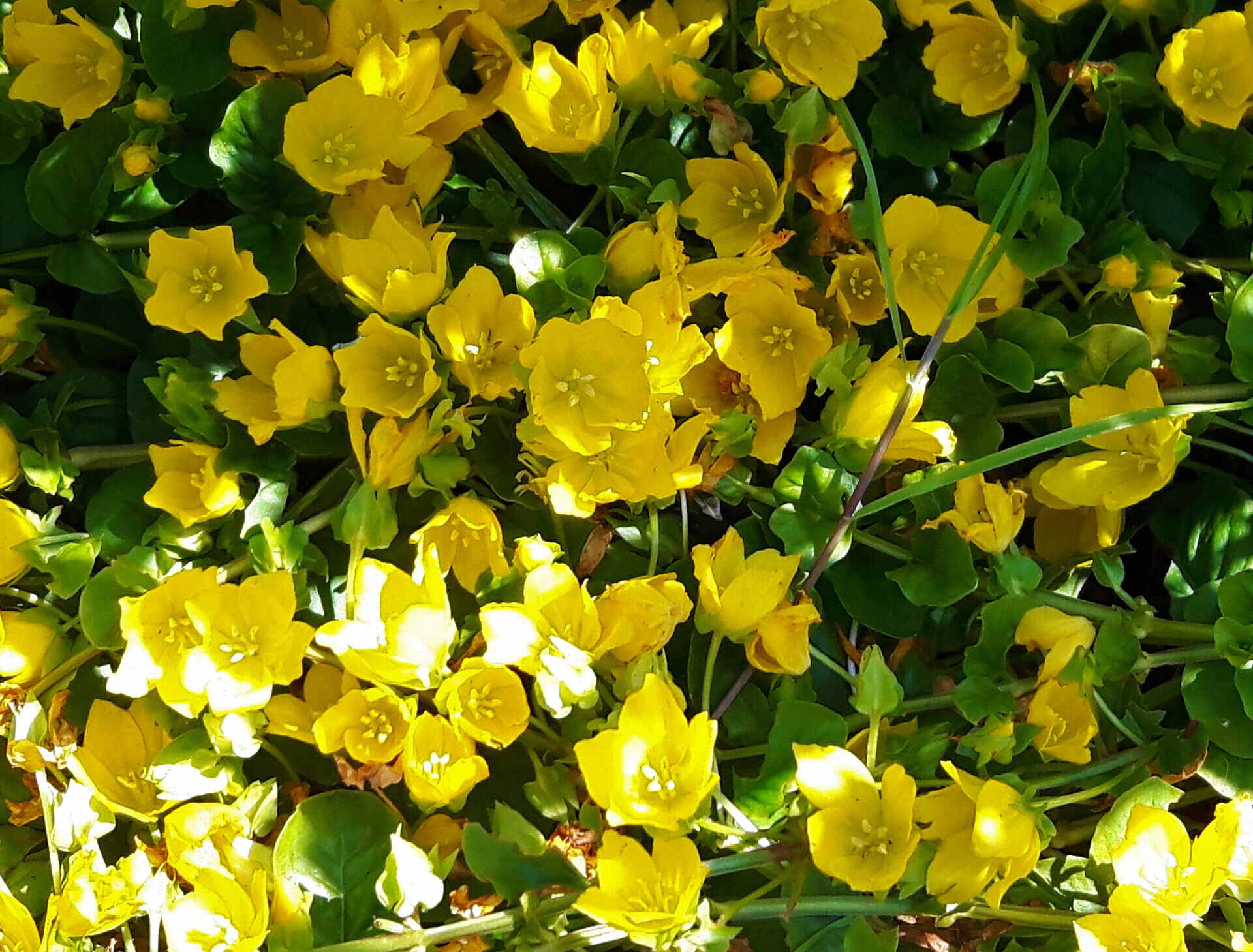

0 thoughts on “What Is The Best Flowering Ground Cover”